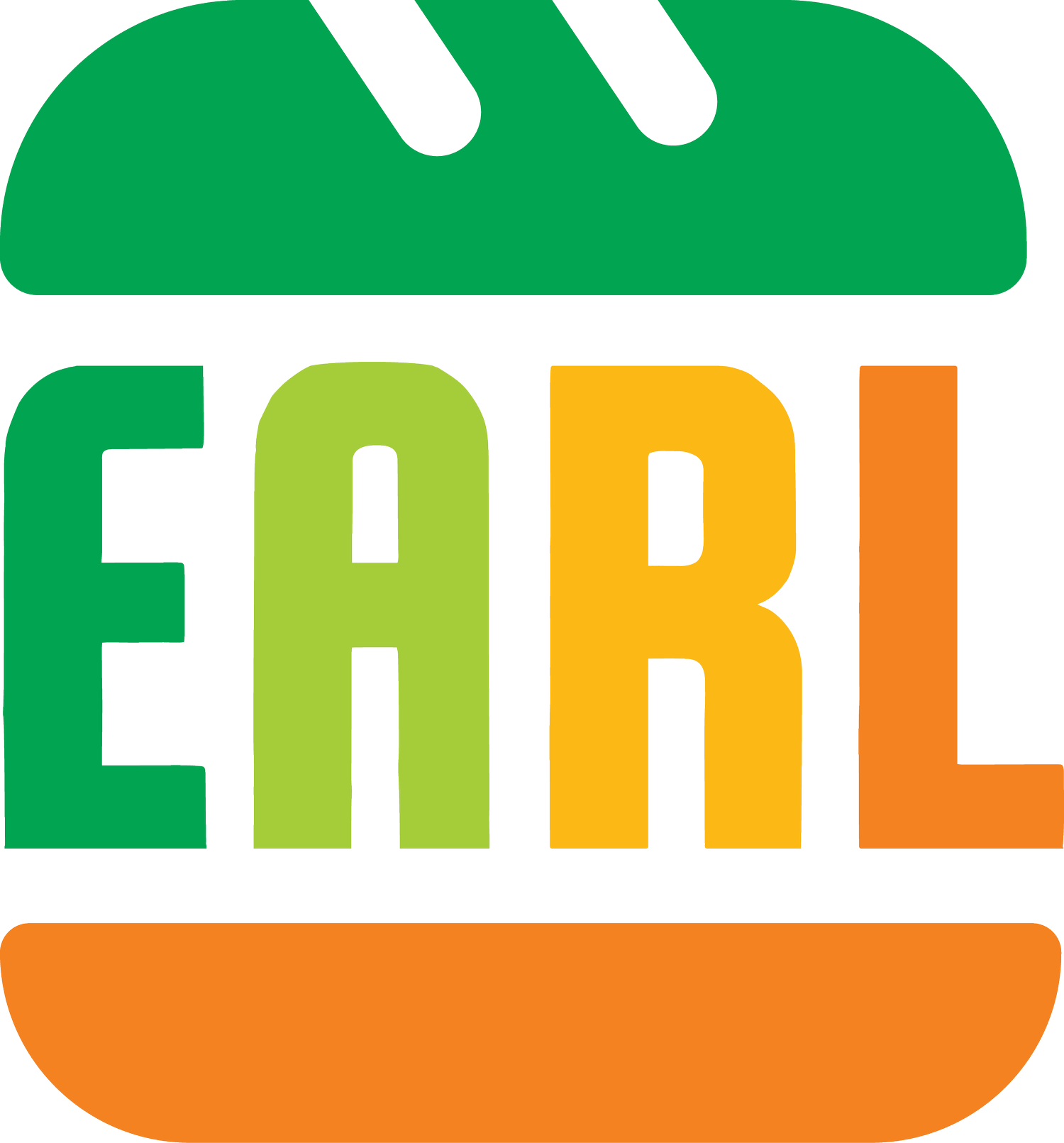5 Different Types of Pans in Commercial Kitchens
Pans are an essential part of any commercial kitchen, coming in various sizes and shapes to accommodate different prep and cooking needs. Understanding the types of pans available and their uses can greatly enhance efficiency and organization in a professional culinary environment. Yet many in the restaurant and hospitality industry don’t ever learn the names of these 5 common commercial pans. Let's delve into the world of kitchen pans and explore their functionalities.
1. Full/Hotel Pan
The full or hotel pan is a standard-sized pan used in commercial kitchens for a wide range of tasks. It typically measures about 20 3/4 inches long by 12 3/4 inches wide, with varying depths. The name "hotel pan" comes from its widespread use in hotel kitchens, where these pans are versatile workhorses. They're commonly used for holding, cooking, and serving large quantities of food, making them ideal for buffets, catering events, and batch cooking.
2. Half Pan
As the name suggests, a half pan is half the size of a full pan, measuring approximately 12 3/4 inches long by 10 3/8 inches wide. Half pans are versatile and commonly used for smaller batch cooking, storing ingredients, or serving side dishes. They fit neatly into standard food warmer units and are a staple in commercial kitchens for their convenience and space-saving design.
3. Third Pan
A third pan is one-third the size of a full pan, measuring around 12 3/4 inches long by 6 7/8 inches wide. These pans are excellent for organizing ingredients, prepped foods, or condiments. They're often used in salad bars, prep stations, and sandwich assembly areas to keep ingredients neatly separated and accessible.
4. Six Pan
A six pan, also known as a sixth-size pan, is approximately 6 7/8 inches long by 6 3/8 inches wide. These smaller pans are perfect for holding smaller portions of ingredients, sauces, or toppings. They're commonly used in conjunction with larger pans for creating organized setups in food preparation areas.
5. Nine Pan
The nine pan, or ninth-size pan, is even smaller at about 6 3/8 inches long by 4 1/4 inches wide. These pans are ideal for holding condiments, garnishes, or small portions of ingredients. They're often seen in salad bars, condiment stations, and dessert displays for efficient organization and presentation.
Logic Behind Commercial Kitchen Pan Names
The naming convention of these pans is based on the concept of how many pans of the same size can fit into a standard full pan. For example:
Two half pans can fit side by side in a full pan.
Three third pans can fit across the width of a full pan.
Six six pans can fit in a full pan lengthwise.
Nine nine pans can fit in a full pan lengthwise.
This standardized sizing and naming system ensure compatibility and uniformity in commercial kitchen operations, allowing chefs and kitchen staff to work efficiently and effectively.
Depth Standards of Commercial Kitchen Pans
If you’ve ever heard pans being referred to as “100,” “200,” “400,” “600,” or “800,” that’s referring to their depth. While this comes from an old practice of referring to items by their stock number, today it means a pan is about 1 inch deep for every “100.” So a “200” pan is about 2 inches deep, though in actuality it’s more like 2.5 inches. Practically, most kitchen staff will come to understand that a “200” refers to a shallow pan while a “400” would be medium deep, versus a “600” or “800” meaning deep or very deep pans.
Commercial Kitchen Pan Names In Other Countries
Outside of the US, commercial kitchen pans may have variations in terms of naming conventions. While the “full pan” or “hotel pan” terminology may still be understood in English-speaking countries, the terminology of “gastronorm,” “gastro,” or “GN pans” are much more prevalent globally. This comes from the European gastronorm standard, first introduced in Switzerland in 1964, to prioritize standardized sizing and compatibility in commercial kitchen equipment.
In the dynamic environment of a commercial kitchen, understanding the different types of pans and their uses is crucial for seamless food preparation, storage, and presentation. From full pans to nine pans, each size serves a specific purpose in maintaining order and efficiency. By incorporating these pans into daily kitchen routines, chefs and culinary professionals can elevate their creations and streamline kitchen operations. Most importantly, having a shared understanding of the names of each pan type enhances smooth and speedy communication, so food can be delivered well-prepared and on time!
Speaking of, if you’re in the Honolulu area and looking for a quick, quality meal, EARL’s got you covered. Our selection of East Coast subs, burgers, and fried chicken always hits the spot. Order online and pick up at our Kaimuki or Kakaako locations ASAP.
PS. If you’re not already on the EARL email list, sign up to get $5 OFF your first order!
